Treatment in the best clinics of Germany
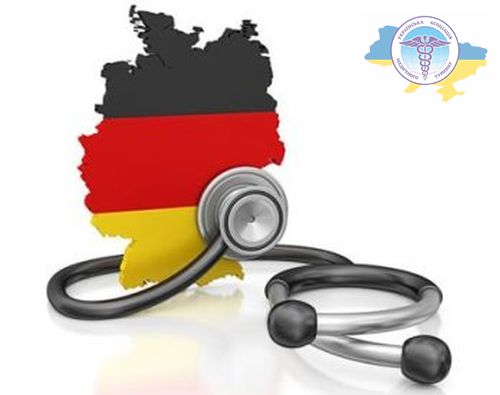
German clinics are deservedly considered world leaders in the field of medicine and healthcare. Every year, more than 200,000 patients from around the world come to Germany for treatment. This popularity is due to the outstanding quality of medical services based on advanced scientific developments and innovative methods.
German doctors undergo many years of training at the best medical universities and regularly improve their skills abroad. Thanks to this, they maintain the highest professional level and introduce the latest world standards into their practice.
In addition, the vast majority of clinics operate on the basis of institutes, while simultaneously engaging in scientific activities in the field of medicine.

Want to know how much the treatment costs?
Answer a few questions and get preliminary information about the cost of diagnosis and treatment!
Comparison of treatment in Germany with other countries
Germany is famous for the strict control of medical institutions by the state and active scientific developments in the field of medicine. This allows German clinics to offer patients the most advanced techniques. In comparison with other countries, it has both its pros and cons.
In Israel, medicine is very developed, based on the advanced developments of local scientists. For example, local laboratories were among the first to introduce genetic testing for cancer or innovative cartilage prostheses. However, access to such services is mainly available to patients of private clinics, where prices are significantly higher than in Germany.
In Canada, the level of development of medicine is also very high. The best specialists from all over the world work in this country. It is here that many world-famous medical institutes are located. However, a problem for patients is the long queues that arise due to the fact that healthcare in the country is free. This negatively affects the timeliness of treatment.
Turkey is very popular among medical tourists due to low prices for a wide range of services. For example, dental treatment or plastic surgery costs 2-3 times less here than in German clinics. However, in terms of high-tech equipment, German hospitals remain far ahead with their latest generation MRI and X-ray scanners.
Choosing any of these countries for treatment has its advantages and disadvantages. However, given the many years of experience of doctors and the latest technical equipment, treatment in German clinics remains one of the most reliable options for foreigners.
Advantages of organizing treatment in Germany
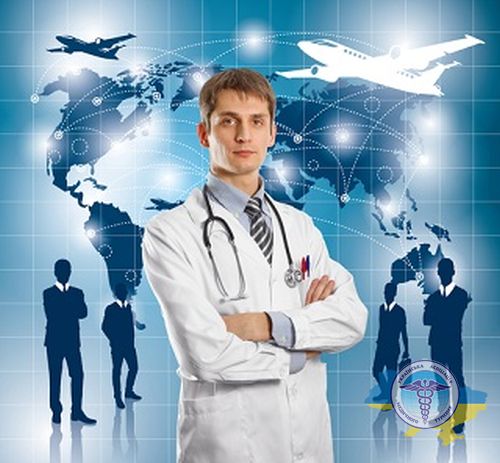
Germany is rightfully considered one of the world leaders in the field of medical tourism. This is facilitated by a number of important factors:
- Strict compliance with global medical standards. German clinics use exclusively original drugs from leading pharmaceutical companies, produced specifically for the European Union market, which guarantees maximum effectiveness and safety of drug therapy. In addition, there is strict control over the equipment used - all of it must have certificates of compliance with European quality standards.
- Leadership in robotic surgery. The advanced Da Vinci, EndoAssist or Freehand systems are actively used here, which allow high-precision operations to be performed through minimal incisions. For example, the Da Vinci robot performs complex interventions through incisions smaller than 1 cm, replacing the surgeon in hard-to-reach areas.
- Close connections of many clinics with scientific and educational centers and institutes. This ensures the rapid implementation of innovative developments in medicine - the latest generation of linear accelerators or high-tech implants based on biocompatible materials. German scientists regularly receive worldwide recognition for breakthroughs in the fields of regenerative medicine, genetics and immunotherapy.
- Highly qualified German doctors. Professors from university hospitals regularly give presentations at major world conferences and congresses and publish articles in leading scientific journals. In addition to deep theoretical knowledge, they have extensive practical experience in their fields.
- Regular updating of medical equipment. This allows clinics to keep pace with technological progress, introducing the latest developments for the diagnosis and treatment of patients. For example, leading cancer centers are equipped with particle accelerators and other expensive equipment.
- "Medicine without pain." All invasive and potentially painful procedures are performed under general or local anesthesia or intravenous sedation. In the postoperative period, new generation painkillers are prescribed, which act gently and precisely.
- Availability of specialized centers for the treatment of rare and complex diseases. Doctors regularly encounter similar clinical cases and gain invaluable experience. For example, in Germany there are institutes studying Duchenne muscular dystrophy, Huntington's disease, progressive supranuclear palsy and other rare diseases.
- Generous government funding for medical research and development (more than 11% of GDP). Thus, in recent years, proton and neutron therapy centers, regenerative medicine laboratories and stem cell cryobanks have appeared in the country. This made it possible to take the organization of treatment in Germany to a fundamentally new level.
What diseases are treated in the best clinics in Germany?
The country is a leader in the world in providing high-tech medical care. It attracts patients from other countries who come here for the following services:
Oncology treatment
This is one of the priority areas for German medicine. Leading research institutes and university clinics are actively working to create new effective and safe methods of combating cancer.

There are 43 specialized cancer centers in the country, treating over 300 types of cancer. They demonstrate high effectiveness - the average cure rate is 82% for men and 87% for women.
In addition to traditional approaches (surgery, chemotherapy and radiotherapy), German oncologists actively use innovative technologies:
- Immunotherapy. It involves activating the body’s own defenses to fight the tumor. Specifically, oncologists use immune checkpoint inhibitors, which activate immune cells, allowing them to attack cancers. This approach has shown high effectiveness in melanoma, cancer of the lungs, kidneys and other organs.
- Targeted therapy. It involves the use of innovative drugs that block specific mechanisms of cancer cell activity. This allows you to suppress tumor cells without affecting healthy tissues of the body. This technique is actively used for leukemia, lymphomas, breast cancer and other neoplasms.
- Irradiation of tumors using the MR Linac installation. This complex combines a linear accelerator and nuclear magnetic resonance. The first component generates therapeutic radiation, and the second monitors the target's movements in real time, adjusting the direction of irradiation. This ensures the highest accuracy of hitting the tumor as it moves during inhalation and exhalation.
- Anti-cancer vaccines based on the patient's blood. The idea is to train the immune system to recognize and destroy a patient's specific cancer cells. To do this, antigens are extracted from tissues and administered along with immunostimulants to produce an immune response. This approach has shown good results in some forms of leukemia.
- High-precision radiation therapy using TrueBeam and CyberKnife accelerators. These complexes use synchronization with the patient's breathing and track the movement of the target in real time. Due to this, a record concentration of radiation dose is achieved at the lesion site with minimal impact on healthy tissue. This precision is especially important for the treatment of tumors of the brain, spine and pancreas.
Surgical operations
Surgery in Germany occupies a leading position in the world in terms of technology and qualifications of specialists. The latest advances in medical robotics are widely used here.
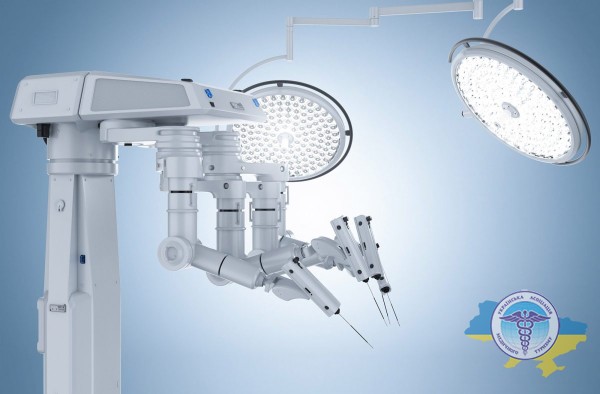
So, more than 100 German clinics are equipped with the Da Vinci complex - this is a robotic system that allows you to perform complex operations through small incisions. A number of centers have already deployed an even more advanced surgical robot, Symani. It is capable of performing ultra-precise micro-surgeries on vessels and nerves with a diameter of less than 0.8 mm, which was previously unavailable.
The vast majority of surgical interventions in Germany are performed in a gentle, minimally invasive way - through small incisions of up to 2 cm, which shortens the rehabilitation period. German surgeons also actively use virtual reality glasses, digital navigators and other advanced technologies.
Treatment of heart disease
Modern cardiac surgery is actively introducing and applying minimally invasive technologies to reduce the traumatic nature of operations on the heart and blood vessels to a minimum.
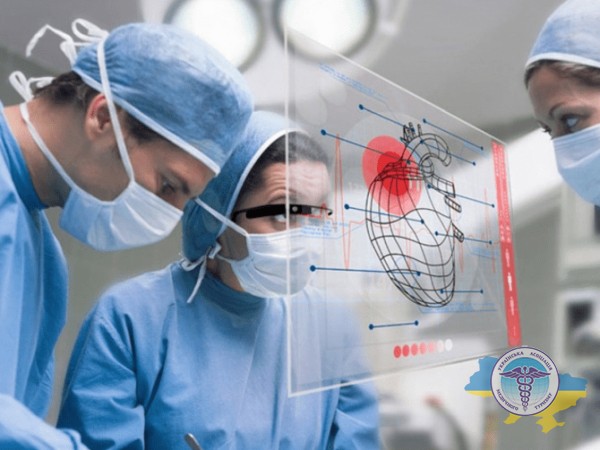
In particular, German specialists successfully perform the following interventions:
- Transcatheter aortic valve implantation (TAVR). This is an innovative technology for the treatment of aortic stenosis without incisions and the use of artificial circulation. Instead, the new valve is delivered through the femoral artery and deployed in the desired location. The TAVR procedure completely replaces open surgery for most patients, demonstrating excellent results.
- Operation “Labyrinth” to correct atrial fibrillation using radiofrequency ablation. The essence of the method is to create “scar lines” in the tissue of the atria to restore the normal conduction of electrical impulses. The guarantee of cure after the first procedure is about 80%.
- Reconstruction of the mitral valve in case of its insufficiency using the MitraClip system. It consists of special clips that secure the edges of the valve, preventing them from moving apart and allowing reverse blood flow into the left atrium. This high-tech method avoids complex open surgery.
The latter technique was approved in Europe 5 years earlier than in the United States, so German surgeons have accumulated unique experience in its use and demonstrate high effectiveness.
Also, a number of clinics actively use robotics, in particular the Da Vinci system. It is used for ablation of atrial fibrillation and installation of pacemakers. In addition, innovative Siemens Artis Pheno three-dimensional vascular imaging technology is used for ultra-precise stent implantation.
Neurosurgery
In this area, German specialists also demonstrate impressive results thanks to the use of innovative technologies. Herniated discs, as well as tumors of the brain and spinal cord, are eliminated mainly using minimally invasive methods. According to statistics, only 50% of patients with hernias require surgery, but its success rate exceeds 90%.
Neurosurgeons in Germany actively use endoscopic techniques, lasers and neuronavigation to remove tumors as sparingly as possible. A number of tumors are removed directly through natural openings (nose or mouth), without resorting to incisions.
Orthopedics
German orthopedists demonstrate outstanding results in both conservative and surgical treatment of a wide range of diseases and injuries of the musculoskeletal system. Thousands of joint replacement surgeries are performed here every year.
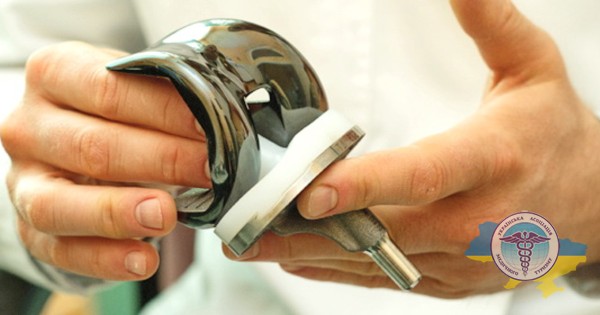
Patients are implanted with personalized prostheses, which are manufactured taking into account individual anatomical features on 3D printers. For the most accurate installation of endoprostheses, robotic surgical platforms (Mako or Navio) are used.
Mako allows you to create a three-dimensional model of the joint based on computed tomography data and develop a personalized surgical plan, while Navio ensures the highest precision in the implantation of endoprosthetic components, promotes faster rehabilitation and increases the service life of the implant.
A distinctive feature of the treatment of diseases in German clinics is the enormous experience of specialists. Currently, more than 10,000 orthopedists and doctors specializing in sports medicine work here. They perform knee and hip joint replacements using incisions up to 10 cm instead of the standard 30 cm. The use of robotics allows the installation of endoprostheses with 100% accuracy.
Rehabilitation
Modern rehabilitation centers in Germany are equipped with advanced technologies for the recovery of patients after injuries and illnesses. After completing a course of treatment in the best clinics in Germany, innovative techniques are used to quickly restore mobility and improve the quality of life:
- HAL (Hybrid Assistive Limb). This is a robotic frame that is worn by the patient on the lower limbs. It reads impulses from muscles and helps make movements, unloading weakened muscles and stimulating their recovery. This technology makes it possible to significantly speed up the process of rehabilitation after injuries or strokes compared to traditional methods.
- G-EO System. G-EO virtual reality system for neurorehabilitation after stroke. It includes virtual reality glasses, headphones, and motion sensors that are attached to the patient’s arms and legs. Depending on the degree of damage to the limbs, various training scenarios are selected in virtual space.
- It is a two-meter screen with a moving floor and a motion capture system. Thanks to sensors on the legs, the patient's steps are displayed in a virtual environment, and the floor automatically moves at the speed of his walking. This system allows you to repeat the cycle of steps many times, which is especially important for recovery after strokes and spinal cord injuries.
How does the government regulate the cost of treatment in Germany?
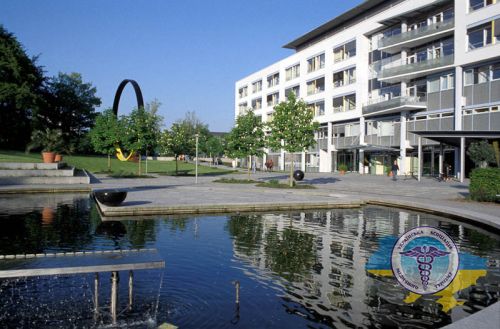
The basis for pricing in German healthcare is the DRG diagnosis group system, introduced in 2004. It contains more than 1,500 codes for various hospitalizations and surgical procedures. Each DRG code corresponds to a specific cost of treatment for a given disease, calculated based on statistical data throughout the country.
This system covers absolutely all medical institutions in Germany that have a state license - from clinics to large specialized centers. For each clinic, an adjustment factor is individually calculated, taking into account the level of staff salaries, the cost of utilities, equipment and medicines in a given region.
The final price for a patient consists of an individual number on the DRG scale, taking into account the diagnosis, the volume of services provided, the duration of hospitalization and rehabilitation. This number is then multiplied by the clinic's regional and institutional ratio.
Thanks to this system, the price for treatment is relatively low, but at the same time includes a wide range of services. Therefore, German clinics are increasingly popular among foreigners - the cost of treatment in German clinics is fully justified by its quality and volume of services provided.
Prices for treatment in German clinics
Germany is not the most budget option for medical tourism, but it is much cheaper than many other countries. Prices in clinics in Germany are significantly lower than in Israel and the UK. And in terms of costs for treatment of oncology, neurology and oncology surgery, this country is comparable to the USA and South Korea.
In addition, in 40% of situations, prices for treatment in Germany are lower than in Ukrainian, due to a more accurate diagnosis and the absence of additional fees.
The final cost of therapy is usually influenced by the following factors:
- Clinic status. Private clinics provide a higher level of service and comfort, so their services are usually more expensive. Government agencies have a unified DRG payment system that regulates pricing, which makes them a more profitable option.
- Scope of diagnostics. The wider the examination using high-tech imaging methods - magnetic resonance and computed tomography, positron emission tomography, the more expensive it is. At the same time, the diagnostic program is prescribed strictly individually, based on the patient’s indications.
- Type of intervention. The use of robotic surgery and other high-tech methods also increases the overall cost of procedures.
- Prescribed medications. Certain drugs, especially targeted and immunotherapy in oncology, are very expensive. In addition, additional expensive medications may be used during chemotherapy or recovery from surgery.
- Terms of hospitalization. The longer the patient remains in the hospital during and after treatment, the higher the final amount.
- Need for rehabilitation. After complex operations (joint replacement or heart surgery), the patient usually requires recovery in a specialized rehabilitation center, which also increases costs.
| Procedure | Price from, € |
|---|---|
| Doctor consultation | 400 |
| Basic Check Up | 2068 |
| CT with contrast | 1000 |
| PET-CT | 2500 |
| MRI | 800 |
| Gastroscopy | 1800 |
| Biopsy | 2000 |
| Radiotherapy CyberKnife | 10000 |
| Coronary artery bypass grafting | 23000 |
| Joint endoprosthetics | 9900 |
| Gamma Knife | 18000 |
| Bone marrow transplant | 120000 |
| Radiotherapy | 18000 |
| Chemotherapy | 2800 |
| Operation on the Da Vinci installation | 17400 |
| Stenting | 7000 |
| Childbirth | 3000 |
| ECO | 4300 |
| Heart valve replacement | 22000 |



